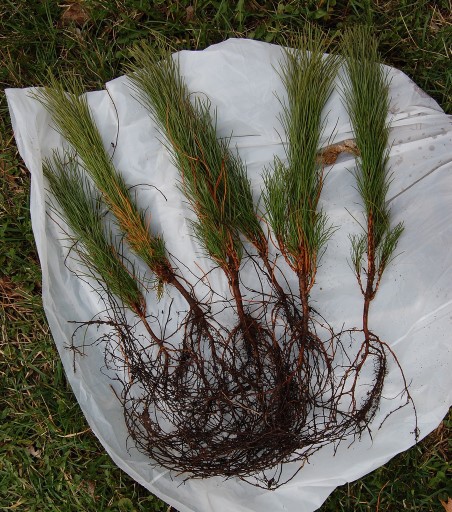EXT XFO.0024 - Minnesota Woodland Owner Workshop: Growing your dream forest
Description

Growing a healthy and resilient woodland takes time and preparation. The condition and location of your woods determines which trees will grow and thrive. Your goals for your woods influence what trees to plant, remove, or protect. Get advice from natural resource professionals in this session to help you succeed!
The presentations in April’s Minnesota Woodland Owner Workshop (MNWOW) series will help you prepare for your spring tree planting. Join three natural resource professionals who will discuss:
- How to select seedlings for your site, how to plant your seedlings, and how to protect your seedlings.
- How to restore your woodland’s understory after removing buckthorn and other unwanted shrubs and trees.
- How and when to harvest to get natural oak regeneration, managing understory competition, and protecting seedlings from deer browse.
Presentations include: Choosing, Planting, and Protecting the Ideal Seedling for Your Site Presented by Amber Jungwirth, Minnesota DNR Cooperative Forest Management Program Forester
- Seedlings will thrive if they are planted in a site that is well suited to their needs. Some species do better on wetter sites with heavy soils while others do better on dry, sandy soils. Once you have the right seedling for your site, they also need to be planted correctly and they will need protection from animal browse.
Restoring the Understory of Your Woods Presented by Jake Froyum, Minnesota DNR Cooperative Forest Management Program Forester
- If you have recently removed buckthorn, or are planning to, you might be asking a few questions: What next?, Should I plant something?, How do I get the woods to where it needs to be?, Is this sustainable? Jake hopes to provide insight into what to expect and the steps to take after the removal of undesirable woody plants in your woods.
One of the Best Ecological Investments: Getting Young Oaks Started in Your Woodland Presented by John Geissler, Saint John’s Outdoor University Director & Abbey Land Manager
- Native oaks are a critical component of woodlands that top the ecological impact charts by supporting hundreds of wildlife species. Getting young oaks established is an investment of time and resources but the positive dividends to the ecosystem could last centuries, especially for moths and butterflies.
On April 13, three 30-minute prerecorded presentations will be made available to registrants. On April 20 from 6:30-7:30 p.m., registrants can participate in a 1-hour Question & Answer session with the presenters. During the Q&A session, you will be provided links to resources you can refer to in the future.
Course contact
Matt Russell, russellm@umn.edu, 612-626-4280
Registration questions
Extension Registration, ext-reg@umn.edu
User Name or Password help
UMN Help Desk, HELP@umn.edu, 612-301-4357. Please let them know you are using a guest account.